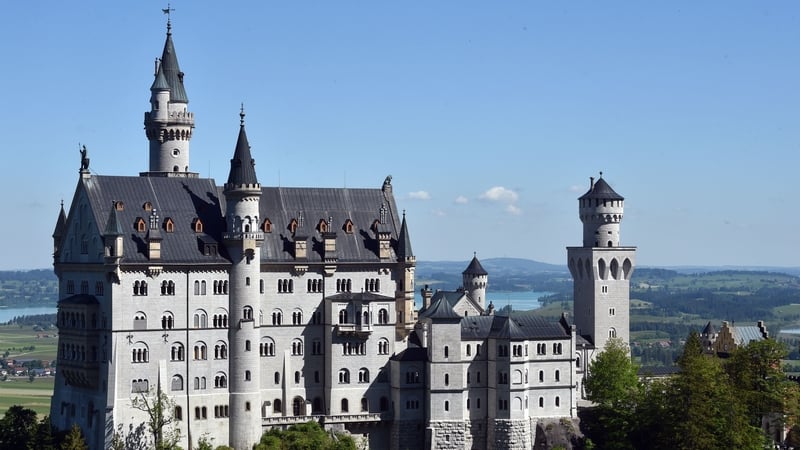Neuschwanstein Castle becomes UNESCO Heritage Site

Neuschwanstein castle in Germany's Bavaria, has been named a World Heritage site, UNESCO announced.
Three other royal residences, also constructed in the late 19th Century under the famously arts-obsessed King Ludwig II of Bavaria, were also added to the coveted list: Herrenchiemsee, Linderhof and Schachen.
Neuschwanstein, situated on a 200m-high Alpine crag, is Germany's most visited castle, with almost 1.5 million visitors every year.
"A fairytale comes true for our fairytale castles: We are #WorldHeritage!" Bavaria's governor, Markus Soeder, wrote on X after the announcement.
This serial property consists of four grand palace complexes in Bavaria’s alpine region, built under King Ludwig II between 1864 and 1886. Designed as personal retreats and imaginative escapes, they reflect the romantic and eclectic spirit of the era. Drawing inspiration from the Wartburg Castle, Versailles, German fairy tales, and Wagner’s operas, the palaces showcase historicist styles and advanced 19th-century techniques. Carefully integrated into stunning natural landscapes, they embody Ludwig’s artistic vision. Opened to the public shortly after his death in 1886, these sites are now preserved as museums and remain major cultural landmarks.
Main Image: Neuschwanstein Castle
